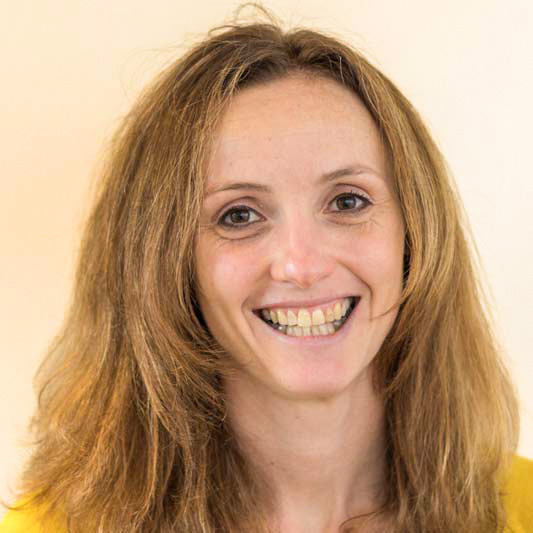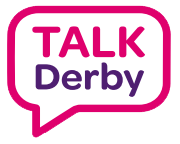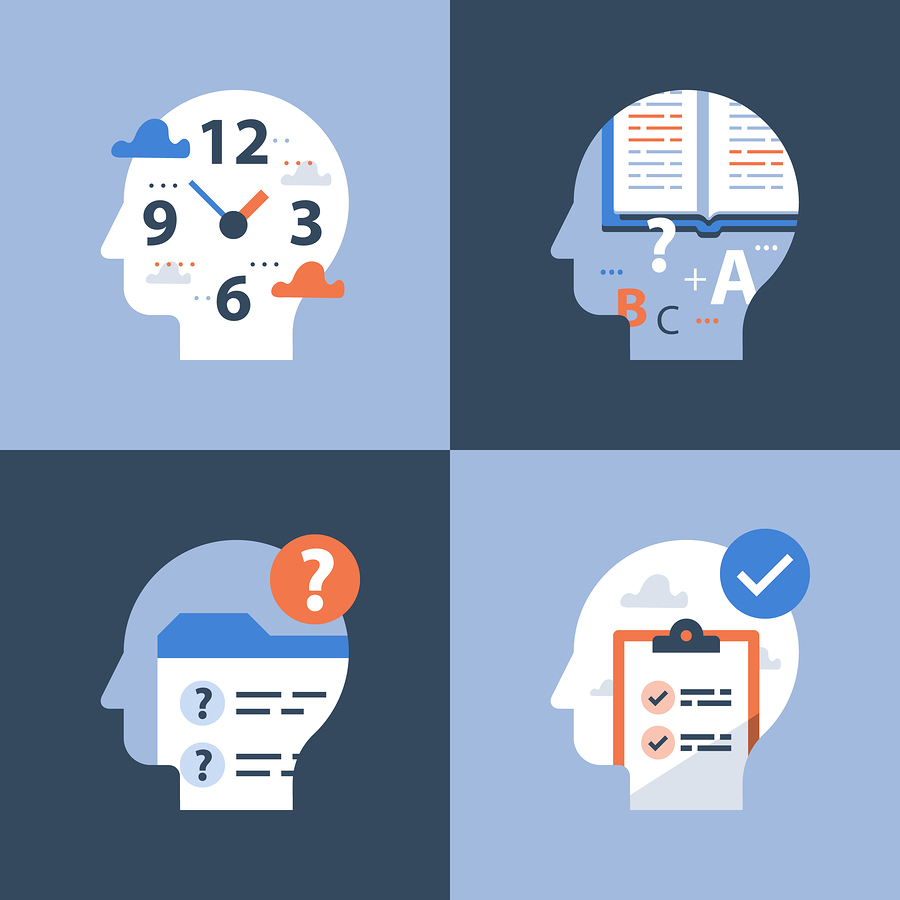Having qualified as a Speech and Language Therapist in 2005, much of my career has been spent supporting Individuals with Special Educational Needs, particularly those with more severe and complex needs who face daily challenges with communication. I was therefore more than a little excited to hear about Elklan’s new e-learning course Supporting Adults and Children using AAC. Courses in this specialist area are like gold dust, incredibly scarce, and recent experience of working with a young man in my local area using a specialist app on his tablet had left me questioning my clinical decision-making skills and pondering what to do next, and how to set appropriate and meaningful goals. I was keen to ascertain if methods of supporting individuals in this field had changed and, more importantly, was there knowledge I was missing?
In the current pandemic the online nature of the AAC course was ideal - I could access the sessions at times that suited me, from the comfort of my own home and with twelve weeks in which to do so, I had plenty of time to digest and reflect on information learnt. What I did not anticipate was the wealth of information and ideas that I gained from this course! It soon became clear that the use of AAC (Alternative and Augmentative Communication) not only incorporates many different methods and areas, but also that to be effective, it must involve a ‘team’ of people. This includes not only the individual themselves, their families, and perhaps staff in their everyday settings, but also other people in the wider environment such as bus and taxi drivers, respite carers, and peers. The classification of different AAC methods was new and incredibly useful for me, helping to re-define these areas and think about how I could use them to assess a person’s capacity and potential for AAC use.
Two standout areas were the sections on personalising AAC, and the role of AAC in social communication. I realised that an individual’s use of a communication aid could well be affected by their preferences for personal design, as well as the systems and activities made available to them. I know that if I were given a new mobile phone I did not like the aesthetics of, or which did not have my favoured essential messaging features, I would be much less inclined to use it. This got me thinking about the young man I had previously worked with and wondering whether his communication app had been sufficiently customised for him? Probably not. Nor had I considered some of the impacts of using AAC for social communication. Through the course, I came to realise not only that a communication aid gives potential for independent communication, but also the effects this can have on an individual’s interaction with their family and friends. This brought some personal reflection on the young man, and how I could have supported this area more.
The e-learning sessions themselves were well structured and broken down into key areas covering an introduction to AAC, the different methods, assessment, moving on to goal setting and support techniques. The slides and activities were full of content and contained interactive tasks that kept me engaged and informed. Another big plus for me was the choice of studying the sessions independently, or being able to opt for accreditation, with live webinar tutorials and completion of an online Learning Log. The webinar tutorials offer opportunities to explore key areas and ideas from the e-learning sessions with an Elklan tutor, which can then be put into practice with an individual and documented in the Learning Log. It struck me that this would be a great way to put theory into practice for those practitioners with access to an AAC user. By making accreditation available at different levels, the course is accessible to practitioners from a diverse range of settings with varied skillsets, including those who are new to the field and those with more experience looking to expand their Continuing Professional Development.
This course left me feeling refreshed in my knowledge and equipped with a new toolbox of ideas and techniques to support children or adults with the potential to use AAC, and those who have already started their AAC journey. My advice? If you want to start your AAC journey, sign up to this course – you won’t regret it!






